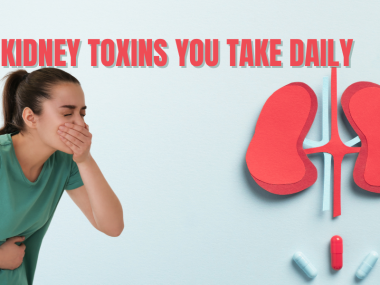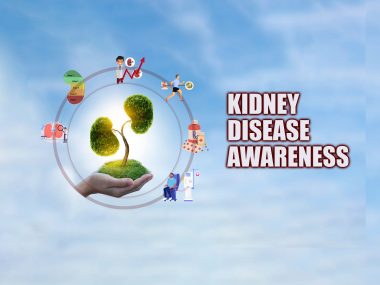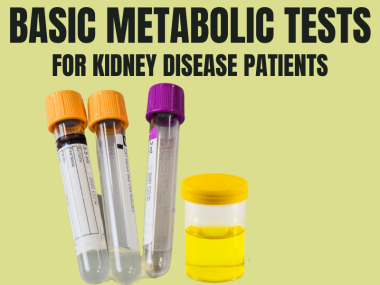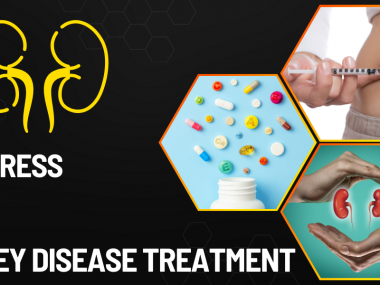Does a very low-protein diet, along with ketoanalogues, do any good to your kidneys?
I have never seen Ketoanalogues used for kidney disease patients in the United States. However, these amino acid supplements are considered essential to CKD prescription in Pakistan and possibly India.
Is there any evidence supporting the use of these supplements? Do they provide any real-time benefit to the patient or just bleed their bank? Even more important, could they harm the patient rather than improve their health?
To answer these questions, we first need to understand some basic concepts.
Kidney Disease and Low Protein Diet
Kidney disease means decreased kidney function, which entails reduced waste products, salt, and water excretion. In this scenario, the best approach can be to reduce the production of waste products, and to achieve this goal, physicians have used the method of dietary restrictions for decades. By optimizing your diet, the concept goes, you can reduce the amount of waste products, at least to some extent. The lesser you take in, the lesser you need to take out.
In this context, medical experts have been fixated on dietary proteins, claiming that cutting down proteins in the diet can significantly reduce the amount of nitrogenous waste material. Less protein also means less phosphorus and acid production in the body. That is not all. Some scientists thought that low protein intake slowed kidney disease progression, too.
Over the last two decades, several research studies have suggested that a low-protein diet does show these benefits in kidney disease patients, but with a few caveats.
First, a low-protein diet poses a considerable challenge to compliance. In a culture where a person eats more than a gram of protein per kilogram of body weight, it is hard to dial down this dose to 0.6 or 0.7 grams per kilogram.
Second, the benefits of a low-protein diet are hardly worth the effort, for a low-protein diet alone is not enough to achieve the goals of kidney disease management. Doesn’t optimizing proteins in the food rather than severe restriction sound more reasonable?
Then, a low-protein diet comes with a risk of malnutrition, mainly due to a lack of essential amino acids.
Essential Amino Acids
Essential amino acids earned their name from the fact that the human body cannot produce them on its own. The human body has approximately 20,000 genes to make more than 100,000 proteins. Yet, to achieve this marvelous feat, the body needs only 20 amino acids, the basic unit for forming proteins. Of these 20 amino acids, 11 are non-essential, meaning our body can make them from scratch; the other 9, which the human body cannot produce, are called essential amino acids. These essential amino acids have to come to us via food.
Ketoanalogues and Low Protein Diet
To supply these essential amino acids to patients on a very low-protein diet, manufacturers have developed a cocktail called Ketoanalogues. Ketoanalogues are synthetic keto acids stripped off their amino group, meaning they can be converted into essential amino acids without providing additional nitrogen. In short, ketoanalogues allow a patient on a very low-protein diet to have the benefits of reduced nitrogenous wastes without nutritional deficiency.
Which CKD Patients Benefit from A Very Low Protein Diet
A very low-protein diet is fraught with the risk of severe malnutrition due to a lack of essential amino acids.
Therefore, KDIGO, the international body that forms the guidelines on managing kidney disease, recommends restricting daily protein intake to 0.7gm per kg of ideal body weight, the same quantity WHO recommends for a healthy individual, proposing to optimize protein intake rather than eliminating them from the diet.
However, a very low-protein diet may benefit select patients, and these patients can be good candidates for ketoanalogues.
Candidates for Ketoanalogues
- Patients with advanced kidney disease, stages 4 and 5, who wish to delay the dialysis or who wish not to go on dialysis.
- CKD stage 3 patients with severe proteinuria and a rapid decline in eGFR, meaning loss of 3 to 5ml of eGFR yearly.
- Patients with a lot of protein in the urine.
- Peritoneal dialysis patients who want to preserve their residual renal function.
Should You Take Ketoanalogues?
Luckily, most CKD patients don’t have to limit their protein intake to these intolerably low levels. Additionally, I believe that making small smart choices makes a more significant difference than making drastic but stand-alone measures. For example, adopting a healthy diet by making small changes in each macronutrient holds more promise to help your kidney than dropping proteins alone from your food altogether.
Take a balanced diet. Quit smoking. Do regular exercise. Sleep enough. Learn to manage your stress.
All these things together add up to yield unbelievable outcomes.
Still, if you know the nature of your kidney disease and believe that a very low-protein diet may be a thing for you, always work with your kidney team. Discuss your thoughts with your team, and follow their instructions for a very low-protein diet and ketoanalogues.







